1. The dual nature of stone powder content
Reasonable content (3%~10%): fill the gaps between aggregates and improve the density and strength of concrete.
Overdose hazards:
Increase the amount of water reducing agent and raise the cost;
Reduce the compressive strength and durability of concrete;
This can cause a risk of pumping blockage.
Industry standards: Most countries require that the content of machine-made sand and gravel powder be ≤10% (specific adjustments depend on usage).
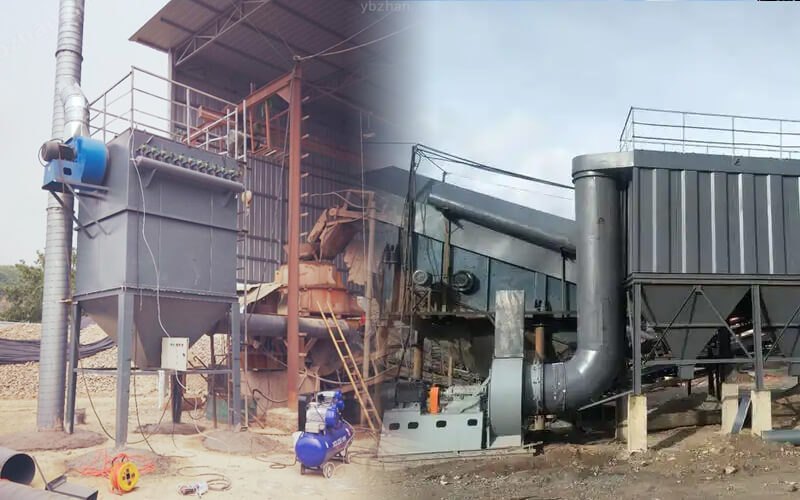
2. Core methods of stone powder control
(1) Dry dust collection method
Applicable scenarios: Finished sand processing after tertiary crushing (simultaneous control of dust pollution).
Technical points:
Equipment selection: pulse bag dust collector (efficiency > 99%), cyclone dust collector (low cost but low efficiency).
Parameter optimization:
Air volume control: 15~20m³/min (dynamically adjusted according to the amount of sand);
Dust collection point arrangement: Crusher discharge port, screening machine sealing cover and other key dust generating positions.
Advantages: No water resource consumption, stone powder can be recycled for roadbed materials.
Limitations: Only applicable to drying process, with limited removal rate for ultrafine stone powder (<0.075mm).
(2) Wet flushing process
Applicable scenarios: sand with high stone powder content (>15%) or high-standard concrete.
Equipment selection:
| Sand washing machine type | Processing power | Fine sand loss rate | Applicable scenarios |
|---|---|---|---|
| Bucket type | 50-350t/h | Low(<5%) | Conventional cleaning |
| Spiral type | 20-200t/h | high(10%~15%) | High purity sand |
| Operation suggestions: | |||
Two-stage cleaning (rough cleaning + fine cleaning) is used to improve efficiency;
Use a fine sand recovery machine (such as a cyclone) to reduce losses.
3. Collaborative optimization solution
"Dry+wet+screening" combined process:
Pre-screening: Vibrating screen separates coarse particles > 5 mm to reduce the amount of subsequent processing;
Dry dust removal: primary stone dust removal (down to 8%~12%);
Precision water washing: deep treatment of residual stone powder (reaching the standard of 3%~7%).
| Control method | Stone dust removal rate | Energy cost | Applicable raw materials |
|---|---|---|---|
| Pure dry method | 30%~50% | Low | Low mud content rock |
| Pure wet method | 70%~90% | High | High silt content soft rock |
| Combined dry and wet method | 85%~95% | Medium | General solution |
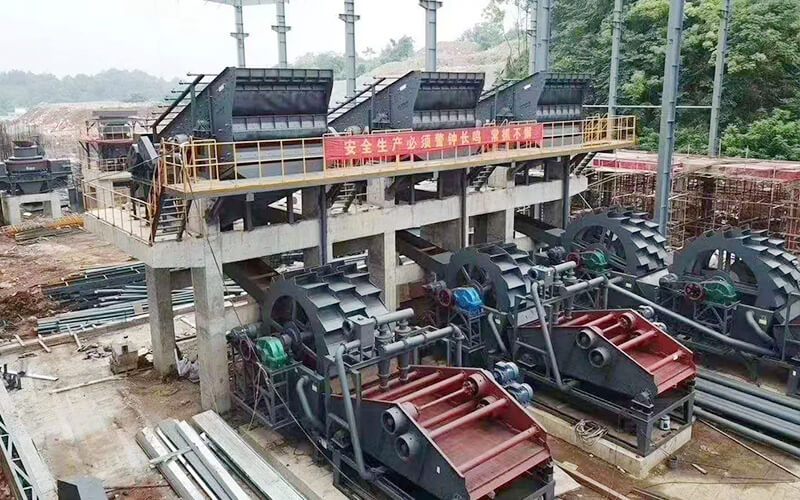
4. Critical Control Points in Production
Raw material monitoring: Clayey rocks need to be processed by wet method first;
Dynamic adjustment: adjust the dust removal air volume or water washing intensity in real time according to the screening data;
Recycling of stone powder: The collected stone powder can be used for brick making or roadbed filling, reducing waste.
Engineers suggest:
"Dry dust removal meets environmental protection requirements, wet dust removal ensures quality, and the combination of the two can achieve a win-win situation in terms of efficiency and quality."

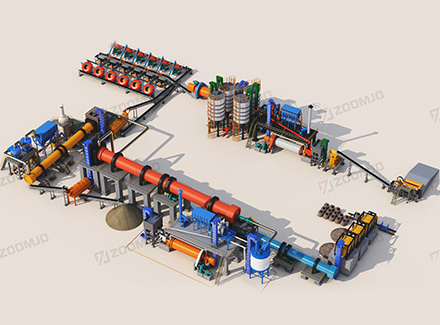
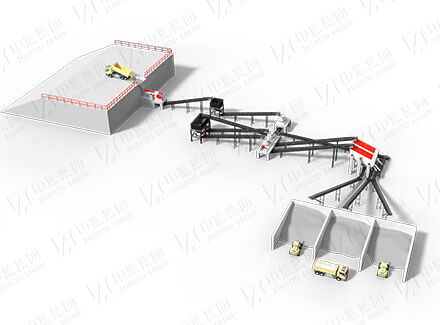
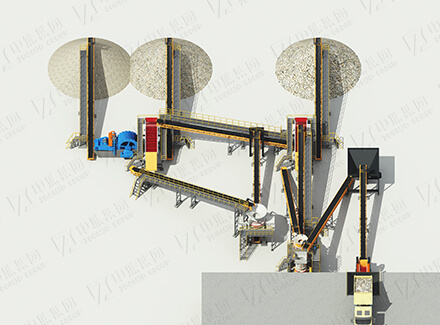
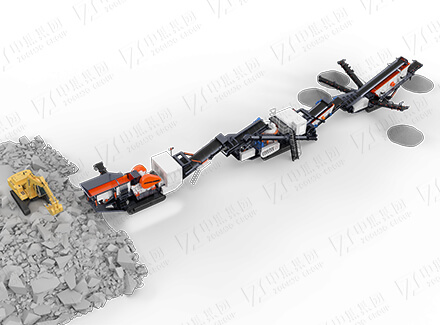
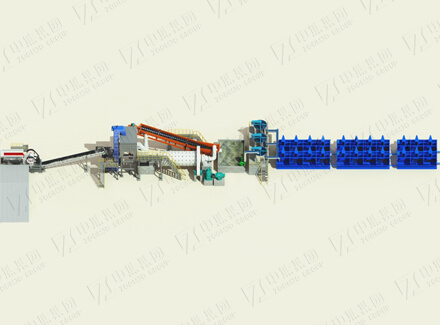
 English
English
 中文
中文











